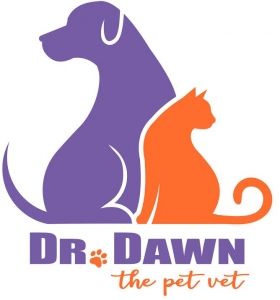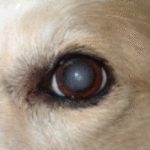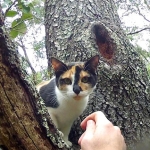
Purring is a unique sounding cat behavior, often associated with happiness on the cat’s part. Not only do cats enjoy being pet and respond by purring, but the person doing the petting has been shown to relax in the process as well. There are a series of health benefits attributed to cat petting, from lowering blood pressure to aiding in wound healing.
in wound healing.
Cats make a real difference in the lives of those in nursing homes and other institutional settings.
But careful observers of the cat have determined that purring isn’t just a sound of contentment. They may purr if they are injured, while giving birth, or even dying. I see many cats that often purr out of nervousness, while being examined. British zoologist and author of many cat books, including Catwatching, Desmond Morris, observes that purring is also a sign of friendship. This might be when a cat is seeking a friend, while in trouble, or or when contented with a friend.
Others have compared a purr to a human smile. You smile when you are happy, but may also smile when nervous, or threatened. It may have developed as an instinctual, non-confrontational way of showing that you are not a threat, and are hoping to avoid conflict. The same is true with purring.
Kittens purr even before opening their eyes. Their rumbling while nursing is likely a reassuring sound to their mother. Interestingly, small cats purr, but lions and other big felines cannot. They roar, but it is not just a louder version of purring. Tigers can rumble a friendly greeting, but it is only on the exhale. Smaller cats like our domesticated pets, purr constantly, during both inhalation and exhalation, as effortless as breathing. The most common explanation is that the voice box is where the sound originates. Specifically, the vestibular folds, or false vocal chords, generate the sound when air passes across them.
All I know is that it is very pleasant sound. Cat lovers out there, I don’t need to tell you that!
Dr. Dawn
Please share and subscribe here







Comment (1)